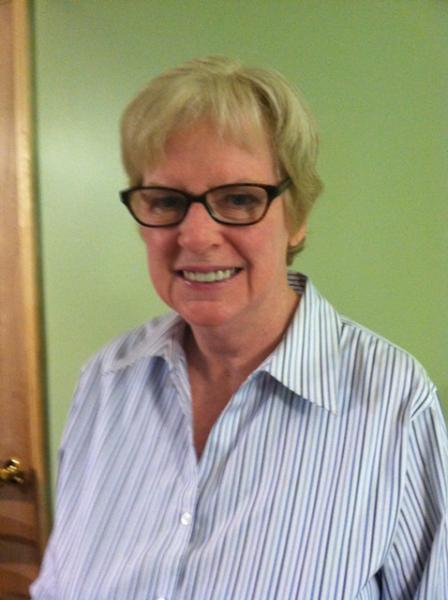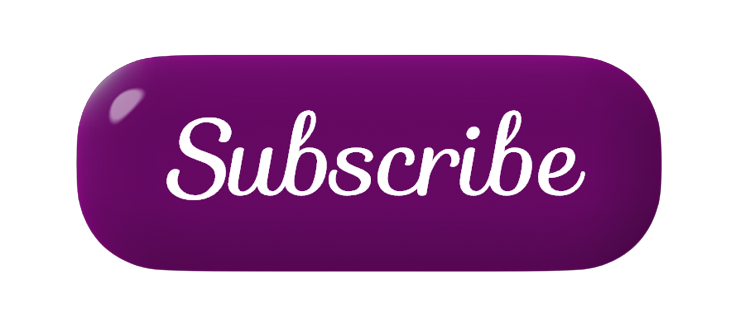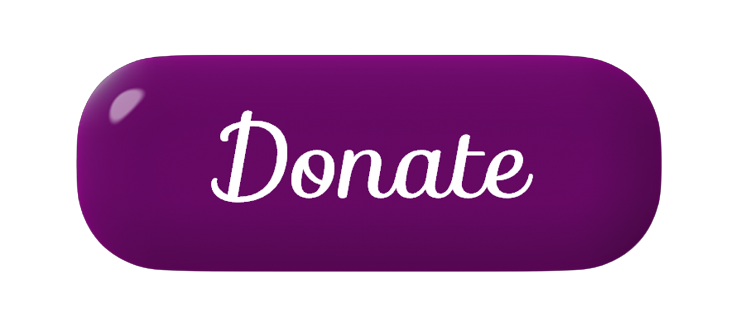Burnell, Donna

Donna Burnell was interviewed by Rose Norman in December 2012 at Rose's house in Huntsville, AL.
Biographical Information
Donna Burnell was born in Baltimore on May 21st, 1952. At the age of 11, Donna’s family moved from Connecticut to Gainesville, Florida. Donna attended a segregated school, where she felt she had “landed on the moon.” She graduated from high school in 1970. In her senior year, the NAACP sued her school district, and the two segregated high schools (one black, one white), were merged.
On Feminist Activism
In 1974, Donna graduated from the University of Florida with a major in Psychology. All of her experimental psychology professors, she notes, were male. When expressing her interest in graduate school to her professors, Donna was met with resistance. She was not able to receive a recommendation to attend, and was bluntly told “we don’t want women in graduate school.” The door to receiving her PhD had been slammed shut. “That really fueled my feminism,” she recalled. “This is wrong. What I do about wrong is, I fix it.”
It was her experience at UF that propelled Donna forth into the world of activism. While completing her undergrad, Donna participated in antiwar protests and held the role of paste-up artist for the The Florida Alligator, her school’s newspaper. Later, the publication severed its affiliation with the school, moving off campus to publish abortion information. Donna also participated in the university’s C-R group and ERA parades. This experience led to her becoming Director of the Gainesville Women’s Health Center, where she worked for eleven years. In the 1990's, Donna acted as state president of NOW.
Despite the breadth of her work, Donna felt as though she was running to “catch up” to young feminist leaders – Judith Brown, Marsha West, Carol Giardina, Jennifer Parramore, Margaret Parrish, Judy Levy, and Byllye Avery.
After college, Donna worked retail, quitting when she couldn't get off a for an ERA parade.
Throughout her work, Donna noticed the stereotyping and splitting up of feminists into different camps. She resisted the PC police telling her how to dress and other things required to be a feminist, such as non-monogamy. “I like getting on the edge and doing unexpected things,” she notes.
Donna preferred not to fit into any particular camp, and enjoyed acting as a bridge between various divides. Often, however, she was forced to choose sides. For example, people in NOW were seen as male-identified, because NOW was hierarchically organized. When a NOW organizer visited her C-R group (which was very non-hierarchical and unorganized), she was intrigued by the idea of political action. She would not have chosen NOW over the C-R group, but her C-R associates made her choose, and she chose NOW.
On being a lesbian
In 1974, the year she finished her degree at UF, Donna became lesbian-identified. Her first partner was Linda Bassham. “I didn't exactly come out. Sallie Ann looked at me and said, ‘You ought to be a lesbian.’” Donna lived at 3rd and 3rd with Sallie Ann, Betsy Walker, Marcia West, Jennifer Parramore, and others. Betty Friedan was brought to the house to meet local feminists.
Timeline - political participation in university, and after
1971: (spring of freshman year in college) first C-R groups
1972: a founding member of the first university chapter of NOW
1977: when the University of Florida won’t let alumni or non-students remain affiliated with the university NOW chapter, she founded the Gainesville NOW (lasted only a few years)
1975: ERA parade
1978: Mother’s Day March for ERA – with Betty Friedan. This is when Donna first worked with Margaret Parrish, Byllye Avery, Judy Levy, and Marcia West. All of the women were were inspired by Betty Friedan’s speech at the Battered Women’s shelter, and worked together to bring Friedan to the event.
1979:first affiliated with the Gainesville Women’s Health Center (GWHC)
Donna mentions that “there were many interlocking layers, with the same people involved in each: personal, clinic, NOW, ERA.”
On attending university and participation in Consciousness Raising groups
“I was a hippie student at the University of Florida, attending antiwar protests and such. Everybody I was close to was male, but I had taken a class that studied protest movements, and read about feminism there. I decided to look into it, since I had so few women friends. I saw an ad about C-R groups in the school paper. You had to commit to attend a particular group for a certain time, and they kept the size small, maybe 10. The groups were very consensus oriented.”
“I thrived on CR, learned I wasn’t as weird as I thought. Before, I had felt like an alien--not from another country, but from another planet! It was wonderful to find out that others felt the way I did. Gainesville was a hotspot for rape [according to] FBI reports. People in my CR group had all either been raped or successfully fought off a rapist. I was one who had fought off a rapist. I came to realize it was not me, or other women, who were causing this. What you’re supposed to get from CR groups, I got it.”
“In 1972, Edna Saffy came to my CR group and made a presentation to recruit people for a NOW chapter. Most people in CR didn’t like the structure of NOW, but I liked hard-hitting protests like we did in the antiwar movement. The sexism I had experienced there made me want to move on to something else. As Edna said to us, “don’t agonize, organize.”
“At some point, the CR groups that constituted Gainesville Women’s Liberation had a steering committee that I was on. We met at the UF student union. I felt that the CR groups were winding down. I felt liberated and I had the need to do something with it, so I wanted to join NOW. It was clear that the CR people wanted me to choose between NOW and them, and I chose NOW.”
“Most of the NOW members were older than I was, and it was in this group that I began feeling I had to run to catch up. Years later, I realize I’m still trying to catch up, though I’ve long since passed where they were then.”
“I graduated from college in 1974, got my first job (working in a store), and was treasurer of the university NOW chapter. That’s when Edna Saffy organized an ERA parade in Tallahassee with the backing of State NOW.”
On working as an abortion counselor
“In 1975, I got a job using my Psychology degree, working at Sunland. [In response to a query later on, she adds this: Sunland was a state facility for housing the mentally retarded. I worked for the STARS program, which was a behavior modification program to increase skills and decrease self-injuring behaviors]. One of my coworkers was Carol Martin (now a lesbian mystery writer), who was involved later with the [Gainesville] Women’s Center. Sallie Harrison worked there, too. I was at Sunland until the grant ended in 1978. After that I was jobless and homeless, living at the Red House (summer 1979). I applied to work as an abortion counselor at the Gainesville Women’s Clinic [Gainesville Women's Health Center], letting them think my Psychology was in counseling (it was in experimental psychology).”
“I had worked as a volunteer for the Rape Crisis Hotline that Alyce McAdam had founded. Judy Levy, Byllye Avery, and Margaret Parrish let the Hotline use GWHC resources that started in 1974, so I had counseling experience. I also knew Alyce McAdam, who had worked with me on The Alligator (we edited out sexism with Exacto knives), and Alyce had worked at the Washington, DC, rape crisis center and came back to Gainesville full of that experience. The Rape Crisis Hotline was run through the Women’s Clinic, and we had radical policies that Alyce McAdam instituted, e.g., callers could be anonymous. We began to recognize from the callers that there was a pattern, the same person committing a lot of rapes. Alyce reported it to the police, who then wanted to arrest the rape crisis counselors for not forcing the women calling in to report the rape and identify themselves. (We were “aiding and abetting.”) Alyce found out how police were treating women who reported rape (asking them “did you come?,” “did you like it?”and “what were you wearing?”). Alyce wound up training the police in how to interview women reporting rape. The Rape Crisis Hotline also got calls from elderly women reporting childhood rape. And they got domestic violence calls, which led to starting a battered women’s shelter.”
“About 1975, I had organized a Child Abuse and Child Sexual Abuse conference with a psychologist (known as “Worm,” a dean, can’t remember her name). So, with the Rape Crisis Hotline experience, and that conference, I had experience I used to get that job as a counselor at the Clinic. The Clinic had already split off from the Birthing Center, so I was not part of that drama. Judith Levy, Margaret Parrish, and Byllye Avery went with the Birthing Center, and the staff owned the Gainesville Women’s Health Center.”
“Three of us were hired at the same time as abortion counselors, and we had a great trainer, Joan “Yonah” Levin (a lesbian-feminist). Three months later all of our jobs were threatened due to a financial emergency, when a bookkeeper embezzled $10,000. The threat to our jobs brought us three counselors together. [They kept their jobs.] The Clinic was always on rocky ground financially. We typically ran a $30,000 deficit. I spent 11 years at the clinic (1979-91), starting as abortion counselor, later director of counseling, lab technician, worked in the front office and eventually was Director of the whole Center.”
On the abortion protests
“The organized abortion protests began with the Reagan era. In Gainesville, the clinic was on 4th Ave. near Alachua General Hospital, which is also near Maranatha church, a campus ministry in the neighborhood. They began the protests. One of my clinic jobs was organizing security. The early days at the clinic had been about love and peace. But the protesters let me be feisty and call the police, or harass the protesters, etc.”
From GWHC, to ERA Rally, to new NOW
“We had a big staff, 30-35 people, many of them part-time. There was a wild & crazy woman named Gethan who worked the front office, and later died in a fire. She and Abby Goldsmith, an anarchist, were close. We were affected by Gethan’s death, so Abby and I got politically involved in 1982 when the ERA extension was about to end. An ERA action team (they called themselves the “ERA missionaries,” but I did not know this until later) had come to town. By then, there was no town NOW chapter functioning, and the university chapter was more interested in “navel-gazing” and feminist spirituality, according to local reports. The ERA missionaries were floundering, didn’t know anybody but each other and were very obnoxious about being in the South, so the local feminists wouldn’t work with them. They did work very hard, and I decided to try to help them, eventually being treated as one of them and accepted by both them and the local feminists. Then the ERA failed in June 1982, and the ERA missionaries were going to take all the networking data back with them unless we formed a NOW chapter, so in 1982, Abby Goldsmith and I formed Gainesville Area NOW, so named to include people in counties outside of Alachua. This was the second town NOW. We supported Margaret Epps, a pro ERA candidate, and worked in her campaign for Florida Senate and almost defeated the incumbent, an anti-ERA vote. We actually defeated a mayoral candidate (Don Reed, who called us “the ERA Machine”) in Gainesville in 1983, coming off the Epps campaign, electing Gary Gordon.”

"Empowerment comes from ideas."
― Charlene Carruthers
"Your silence will not protect you."
— Tourmaline
"Gender is the poetry each of us makes out of the language we are taught."
— Leila Raven


